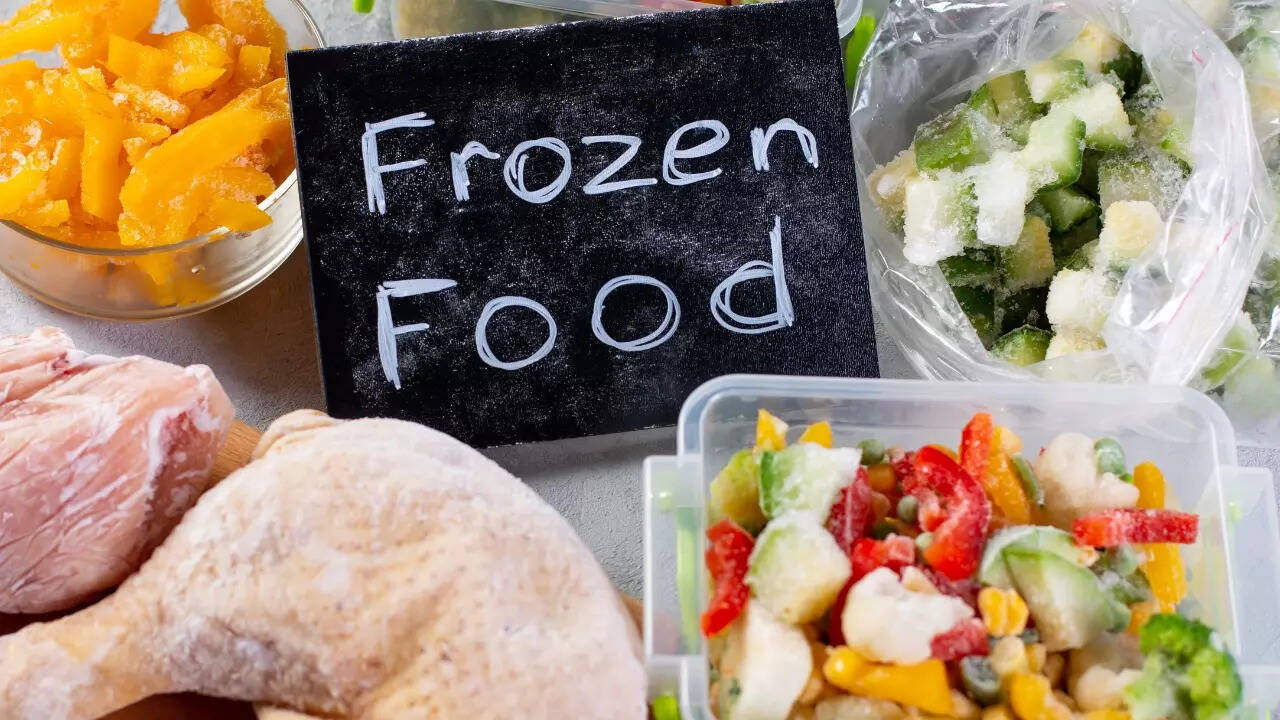What is Frozen Food?
Frozen Foods: -
Frozen food is also referred to as freezing food. As it already clears from their name that frozen food is the food that are frozen. It is the food item that have been preserve in the refrigerators under the temperature which is below -18°C to preserve the food item. Frozen food is basically half processed food that is processed in their half state and then freeze it to prevent them from spoilage. Basically, frozen food is any food that has been subjected to rapid freezing and is stored at low temperatures to prevent microbial growth and chemical changes that cause food deterioration.
Storing frozen food at lower temperature is necessary to prevent the microbial growth on the food item, to prevent them from spoilage and to maintain the taste of the food. Frozen food is the food that has been refrigerated to extend the shelf life of the food and to maintain its quality until it is ready to be cooked or eaten.
Characteristics of Frozen Food: -
1. Long Shelf Life: -
- Frozen food can be last long for months and for years also. Frozen food can be stored for weeks and months. Frozen food is half processed and can be stored it in lower temperature in the refrigerators which slower the bacteria growth and can reduce the chances of spoilage by extending its shelf life.
2. Maintain Nutritional Value: -
- We all known that frozen food contains various vitamins, minerals and proteins that are essential for our body health so by keeping the frozen food in refrigerator or at lower temperature all its essential nutrients and proteins get frozen with the food which means frozen food maintain all its nutrition value with the food. It can only be done if the food is Frozen properly if there is proper freezing of the food then the food and its nutritional value both get spoiled but if freezing can be done properly then the nutrients and proteins of the food get retain especially when it is flash-frozen soon just after the harvesting or preparation.
3. Preserve Taste and Texture: -
- Freezing the frozen food at lower temperature cannot spoil its taste and texture. As frozen food maintain its nutritional value on freezing similarly, it can also maintain its taste and texture while on freezing at lower temperature. Modern freezing technique like flash-freezing help to maintain the original flavor, color and texture of the food, although there are some of the items like fruits may become softer after thawing.
4. Convenience: -
- Frozen foods are more convenient because it is pre-washed, pre-cut and pre-half and fully cooked which makes them very convenient for quick meal preparation. It is very convenient food for those people who are busy in their work life. Thus, type of food helps them to give the proper homemade food taste and nutrition.
5. Require Cold Storage: -
- It is necessary to keep the frozen food in the refrigerator at lower temperature where the temperature range of frozen food is -18°C or below to slower its microbial growth and to prevent it from spoilage. It is necessary to keep the frozen food in the cold temperatures to maintain its color, taste, texture and nutritional value.
6. Variety and Availability: -
- There are lot of varieties available in frozen food that owned by different companies not only in food items, but a single food item also owned by numerous companies that have different flavor, taste and texture. In other words, we can say that a wide range of food are available in frozen form including vegetables, fruits, seafood, meats, snacks and ready meal that are accessible all year round regardless of seasons.



.jpeg)




0 Comments